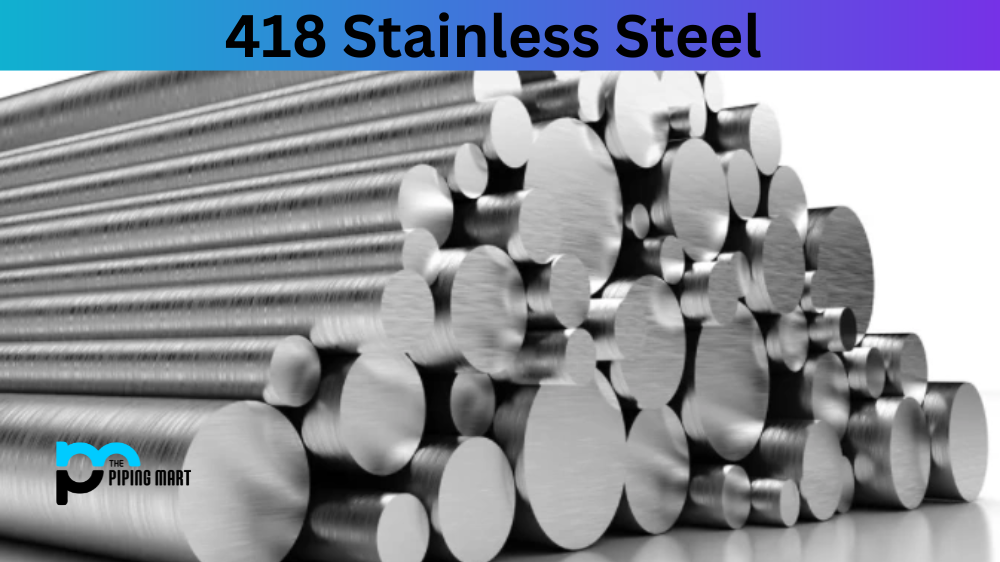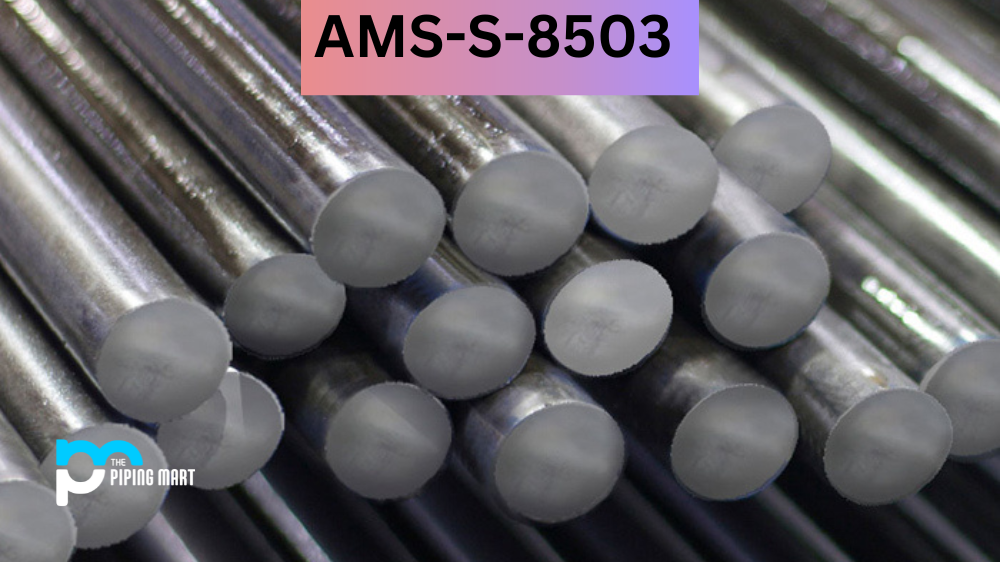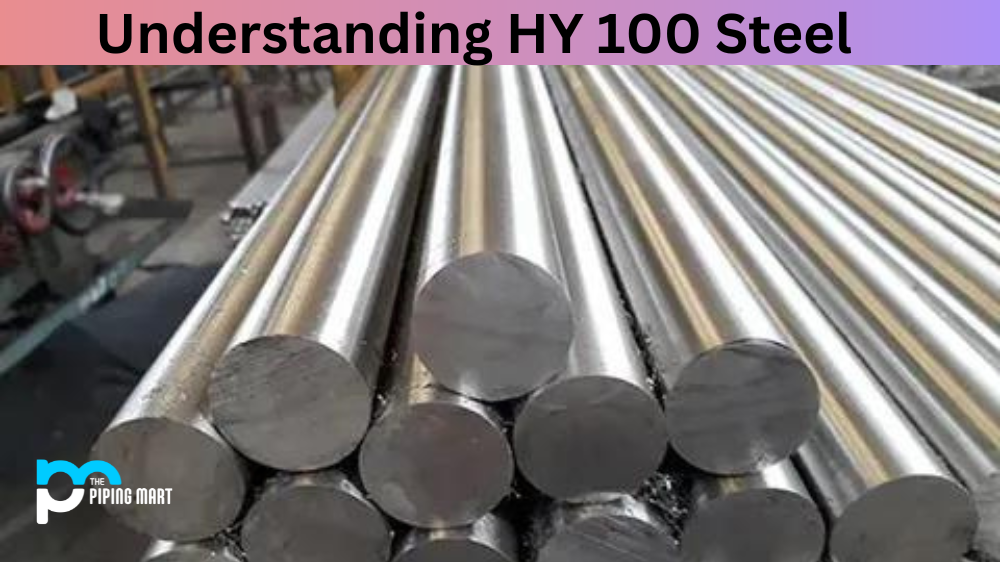Stainless steel is a popular metal alloy widely used in various industries. One of these alloys is 418 stainless steel, known for its unique strength, toughness, and corrosion resistance. This blog post will cover everything you need to know about 418 stainless steel, including its composition, mechanical and physical properties, uses, corrosion resistance, heat treatment, machining, and welding. So, let’s get started!
418 Stainless Steel Composition
418 stainless steel is a type of martensitic stainless steel that contains chromium, molybdenum, and nickel. The composition of 418 stainless steel is as follows: chromium (12-14%), molybdenum (0.8-1.2%), nickel (0.5-1.5%), manganese (1%), silicon (1%), sulfur (0.03%), and phosphorus (0.04%). This combination of elements gives 418 stainless steel high strength, toughness, and corrosion resistance.
| Element | Content (%) |
|---|---|
| Iron, Fe | 82 |
| Chromium, Cr | 13 |
| Tungsten, W | 3 |
| Nickel, Ni | 2 |
418 Stainless Steel Mechanical Properties
The mechanical properties of 418 stainless steel are impressive. It has a tensile strength of up to 200 ksi (1380 MPa), yield strength of up to 180 ksi (1240 MPa), and an elongation of up to 12%. Its impact strength is also high, with Charpy V-notch values of up to 60 ft-lb (81 J) at 70°F (21°C).
| Properties | Metric | Imperial |
|---|---|---|
| Tensile strength | 895 MPa | 130000 psi |
| Yield strength (@strain 0.200 %) | 725 MPa | 105000 psi |
| Modulus of elasticity | 190-210 GPa | 27557- 30457 ksi |
| Poisson’s ratio | 0.27-0.30 | 0.27-0.30 |
| Elongation at break | 15% | 15% |
| Hardness, Rockwell C | 25 | 25 |
418 Stainless Steel Physical Properties
418 stainless steel has a density of 7.8 g/cm³, a specific heat capacity of 460 J/kg K, and thermal conductivity of 24 W/m K. Its melting point is around 1398-1443°C (2550-2625°F), and it has a coefficient of thermal expansion of 11.5 µm/m°C.
| PHYSICAL PROPERTIES | ||||||
|---|---|---|---|---|---|---|
| Density(lb/ft3) | Electrical conductivity(% IACS) | Thermal conductivity(BTU/h-ft-°F) | Specific heat capacity(BTU/lb-°F) | Thermal expansion(µm/m-K) | ||
| 500 | 2.8% | 15 | 470 | 10 | ||
418 Stainless Steel Equivalent
The equivalent material to stainless steel grade 418 is SAE 51418.
418 Stainless Steel Uses
418 stainless steel is used in various industries, including oil and gas, chemical, aerospace, and marine. It is commonly used in manufacturing valves, pumps, compressors, turbine blades, heat exchangers, and other components that require high strength, toughness, and corrosion resistance.
418 Stainless Steel Corrosion Resistance
418 stainless steel has excellent resistance to corrosion and pitting in chloride environments. It can also withstand high temperatures and pressures without losing its corrosion resistance properties. This makes it an ideal choice in harsh environments, such as offshore drilling platforms, chemical plants, and saltwater applications.
418 Stainless Steel Heat Treatment
418 stainless steel can be hardened by heat treatment and quenching. This alloy’s recommended heat treatment process is to anneal at 1040-1100°C (1900-2010°F) for 30 minutes, followed by quenching in oil or air. This process results in high strength and toughness.
418 Stainless Steel Machining
418 stainless steel is a difficult material to machine due to its high strength and toughness. It is recommended to use carbide tools and cut slowly to avoid work hardening and chip buildup. Lubrication with a water-soluble cutting fluid is also recommended to help dissipate heat.
418 Stainless Steel Welding
418 stainless steel can be welded using various techniques, such as gas tungsten arc welding (GTAW), gas metal arc welding (GMAW), and shielded metal arc welding (SMAW). Preheating is recommended before welding to avoid cracking, and post-weld heat treatment is necessary to restore its corrosion resistance properties.
Conclusion
418 stainless steel is an excellent choice for high strength, toughness, and corrosion resistance applications. Its unique properties make it a popular material in various industries, from oil and gas to aerospace and marine. Understanding its composition, mechanical and physical properties, uses, corrosion resistance, heat treatment, machining, and welding is essential for anyone working with this alloy.

Abhishek is a seasoned blogger and industry expert, sharing his insights and knowledge on various topics. With his research, Abhishek offers valuable insights and tips for professionals and enthusiasts. Follow him for expert advice on the latest trends and developments in the metal industry.




